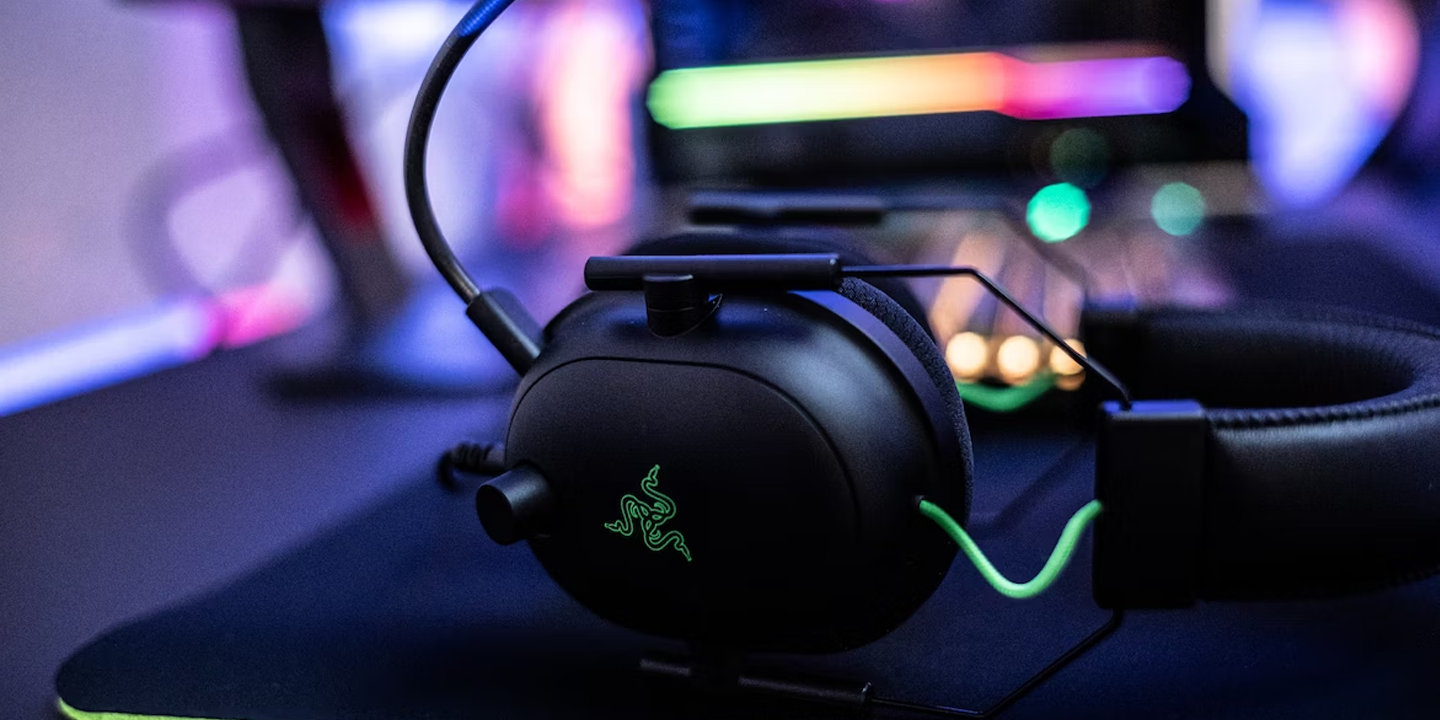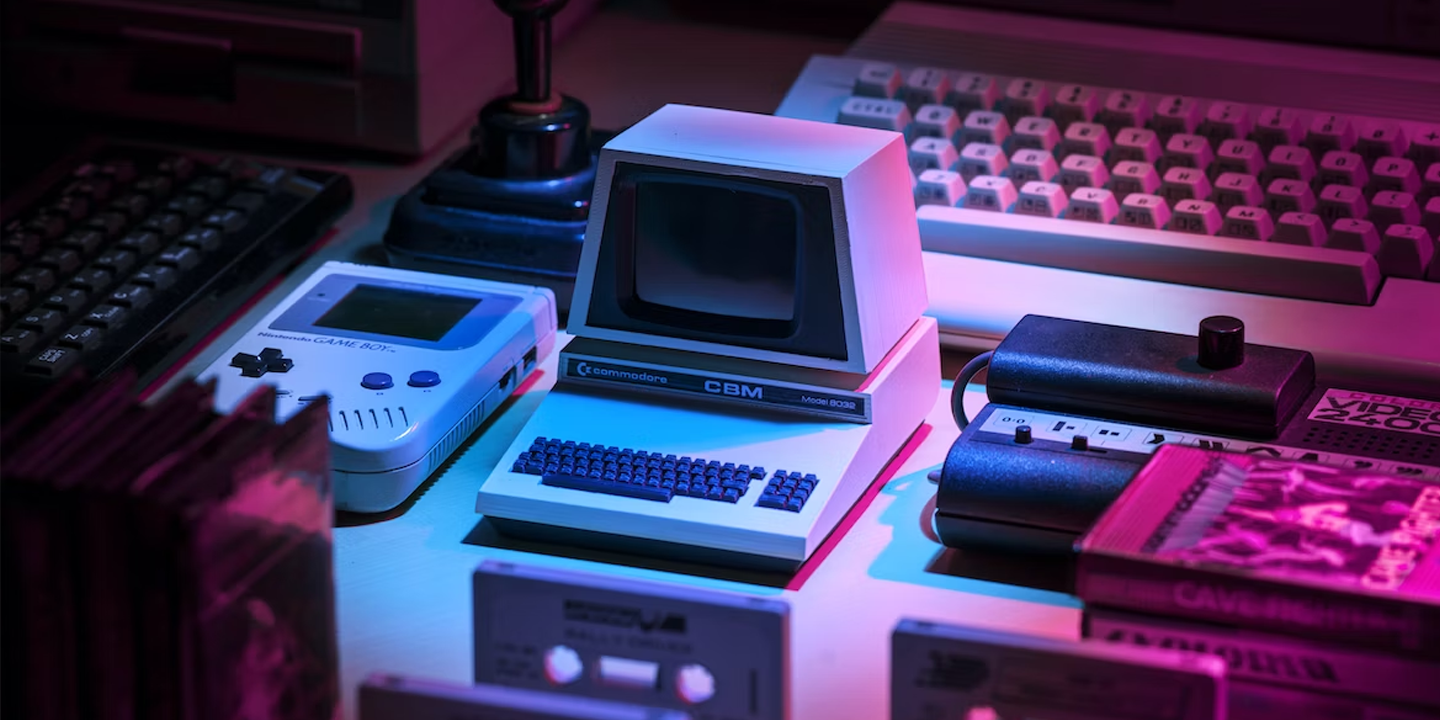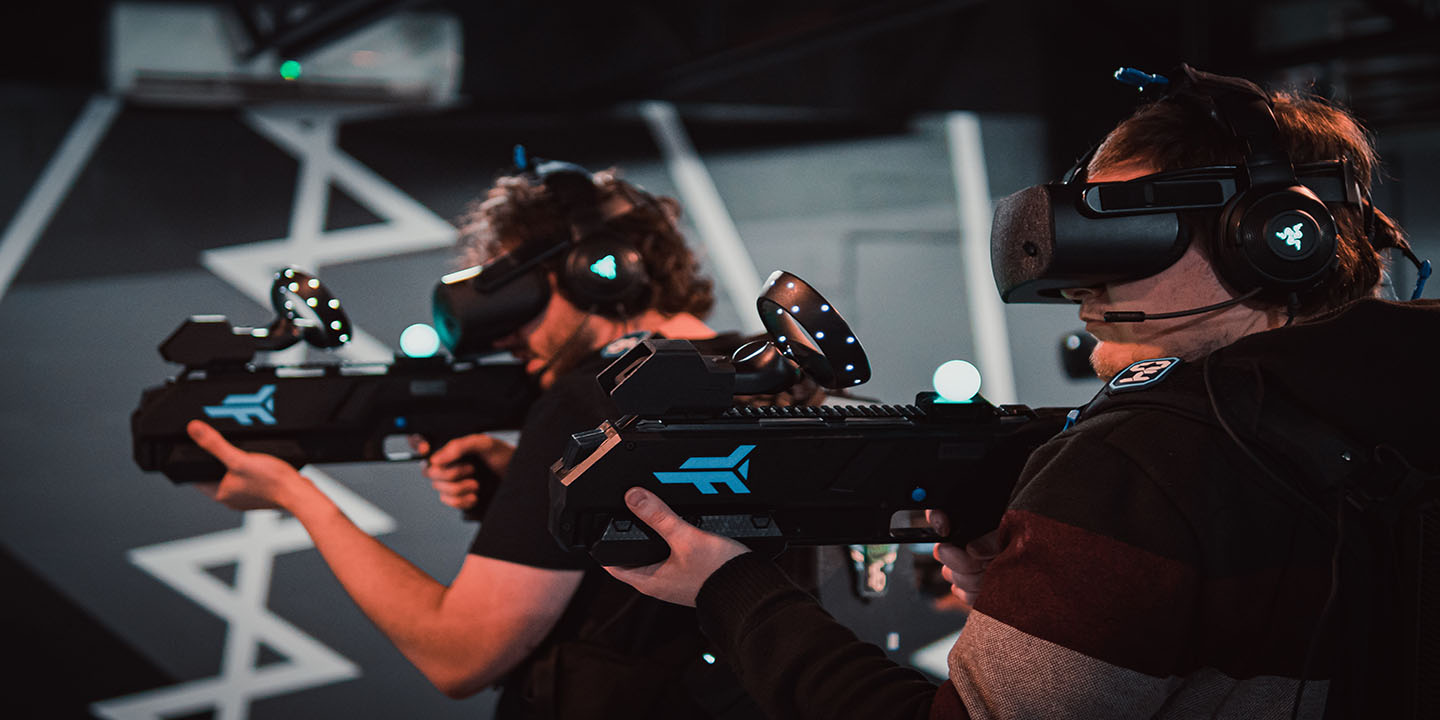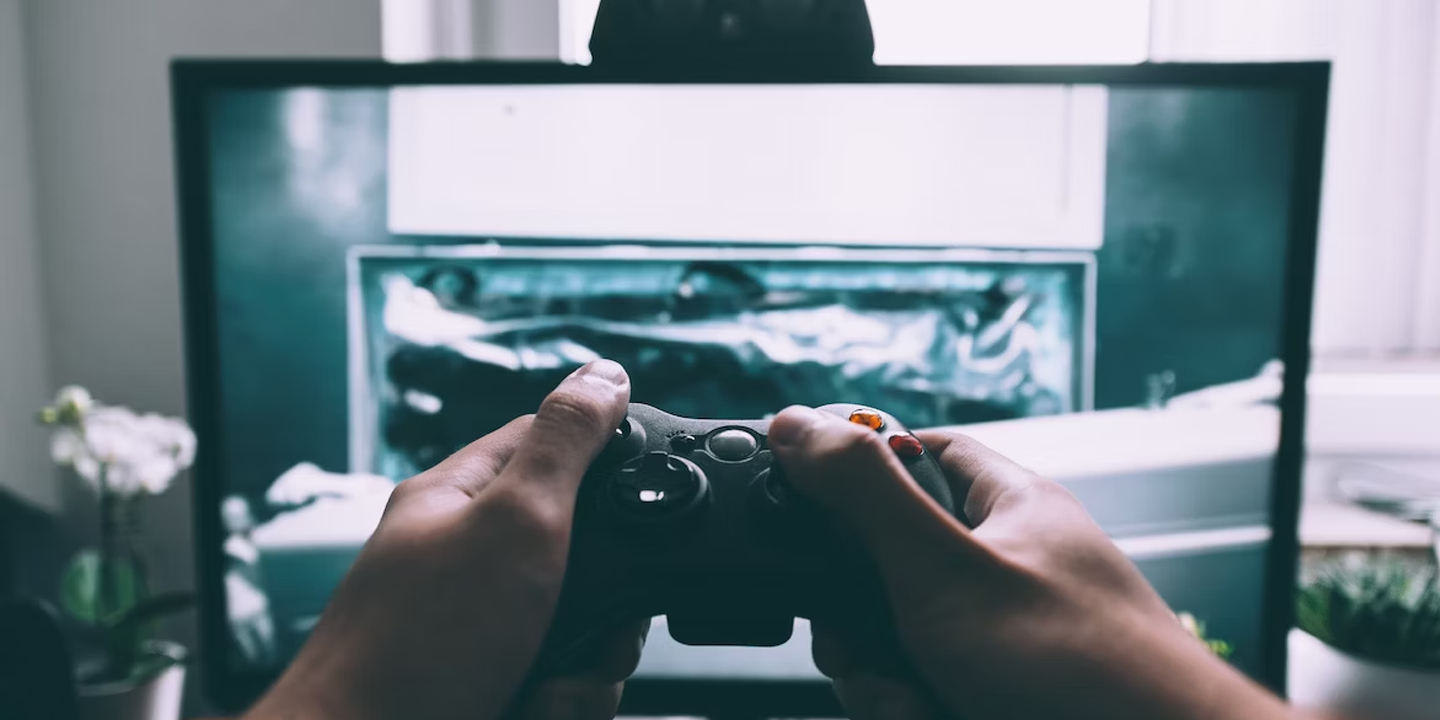Gadgets Nobody Asked For
Gaming has never been short on ambition, but sometimes aspiration gets weird. Sometimes, console makers and third parties are intent on pushing the limits of design in ways that only serve to boggle the mind. The results are strange and oftentimes unusable accessories that no one wanted in the first place. Here's a look at 20 oddball add-ons that took gaming down some unexpected paths.
1. Nintendo Power Glove (NES)
Launched in 1989, the Power Glove promised futuristic motion control but delivered frustration instead. Move your hand, and your character twitched. Marketed with flair, it supported just two games natively. Mattel built it, Hollywood hyped it, and speedrunning forums still dissect its rare compatibility hacks.
 Bringing back Nintendo's ridiculous Power Glove (it still works!) by CNET
Bringing back Nintendo's ridiculous Power Glove (it still works!) by CNET
2. Rez Trance Vibrator (PlayStation 2, Dreamcast)
Wear it or place it nearby for vibration effects—this 2001 device pulsed to Rez’s beat. Designed by Tetsuya Mizuguchi, it added rhythm-driven haptics beyond the controller. Intended for immersion, it sparked curiosity but not wide appeal. Nothing else quite replicated its concept.
 Rez on PlayStation 2 with Trance Vibrator! by The Nerd Lair
Rez on PlayStation 2 with Trance Vibrator! by The Nerd Lair
3. Sega Activator (Genesis)
Octagon-shaped and floor-mounted, the Sega Activator turned your living room into a virtual dojo. You stepped into it and swung wildly, hoping your punches landed in-game. Released in 1993, it misunderstood motion controls. Eight games, mostly fighters, were supported by it, and none handled the chaos well.
 The Sega Genesis Had MOTION CONTROLS?! by GameDad
The Sega Genesis Had MOTION CONTROLS?! by GameDad
4. U-Force (NES)
With the U-Force, you held your hands above twin sensor panels and pretended to cast spells. This 1989 release used infrared to detect movement. The idea was touchless control, but the reality was inaccuracy. However, speedrunners sometimes use it today for novelty runs in Punch-Out!!.
 The NES U-Force working on the Nintendo Switch by My Mate VINCE
The NES U-Force working on the Nintendo Switch by My Mate VINCE
5. Wu-Tang Clan Controller (PlayStation 1)
Shaped like the Wu-Tang "W," this 1999 controller accompanied Wu-Tang: Shaolin Style. It looked iconic but played awkwardly. Face buttons were split across the logo's limbs, frustrating even loyal fans. Still, it's a crossover legend—part music merch and part gaming oddity.
 Playing Wu-Tang: Shaolin Style with the Wu-Tang Controller by Cinemassacre Clips
Playing Wu-Tang: Shaolin Style with the Wu-Tang Controller by Cinemassacre Clips
6. Exciting Boxing Inflatable Controller (Famicom)
You're literally boxing a blow-up toy that controls the game. 1987's Exciting Boxing paired a plastic boxer with sensor pads that read impact. It blurred fitness and gaming early. Players had to replace the inflatable frequently, as it tore under heavy hits.
 Exciting Boxing. Inflatable man from Konami // Extra Life by Russian Geek
Exciting Boxing. Inflatable man from Konami // Extra Life by Russian Geek
7. Dragon Quest Slime Controller (PS2)
Shaped like a smiling blob, this 2004 accessory brought Slime from Dragon Quest to life. While looking adorable, playing with it was another story. Controls were buried inside its rounded body. Only two games supported it directly, both tied to the Dragon Quest IP.
 The COOLEST PS4 Controller EVER! Dragon Quest XI Slime Unboxing by The Solid Nick
The COOLEST PS4 Controller EVER! Dragon Quest XI Slime Unboxing by The Solid Nick
8. Wii Bowling Ball Accessory
This Wii-era shell held your remote and mimicked a real bowling ball. It's easy to accidentally throw it. Released around 2009, it included finger holes and came in multiple colors. Nintendo never endorsed it officially, but third-party makers sold thousands anyway.
 RARE CTA Nintendo Wii Sports Remote Bowling Ball Accessory Review Tests by History and Reviews
RARE CTA Nintendo Wii Sports Remote Bowling Ball Accessory Review Tests by History and Reviews
9. Samba De Amigo Maracas (Dreamcast)
With Samba de Amigo in 2000, you shook rhythm maracas while staring at a screen. The accessory used motion sensors and floor mats for position tracking, and accuracy varied wildly. Still, it's helped turn living rooms into dance floors.
 Samba De Amigo Is Dreamcast At Its Finest by Ninnintender
Samba De Amigo Is Dreamcast At Its Finest by Ninnintender
10. NES R.O.B. (Robotic Operating Buddy)
Released in 1985, R.O.B. was Nintendo's Trojan horse to sneak consoles past wary retailers post-crash. Only two games worked—Gyromite and Stack-Up. Its slow, motorized movements frustrated kids, but its success helped rebrand consoles as toys.
 ROB the Robot NES Repair! Teardown, gear repair, and demonstration by Long Island Retro Gaming
ROB the Robot NES Repair! Teardown, gear repair, and demonstration by Long Island Retro Gaming
11. Game Boy Camera And Printer
Before selfies were a trend, Nintendo gave us a potato-quality webcam in 1998. You snapped grayscale photos, added goofy stamps, and printed them on thermal paper. The printer jammed often. Yet it introduced kids to creative tech, and its filters predated Snapchat's by decades.
 Taking A Look at the Gameboy Camera & Printer by Anton Retro
Taking A Look at the Gameboy Camera & Printer by Anton Retro
12. Fidget Pop Bubble Case (Switch Lite)
Sensory meets silly in this Switch Lite case lined with pop-it bubbles. Meant to calm nerves between games, it ironically distracts more than it soothes. Released by third-party sellers around 2021, it offers zero gameplay function—unless you're stress-popping during a loading screen loop.
13. Game Boy Pocket Sonar
Developed by Bandai in 1998, this peripheral turned your Game Boy into a fish finder. Drop the sonar unit in the water and read the results on-screen. Only sold in Japan, it targeted anglers with a gaming itch. It also included a digital encyclopedia of fish.
 Pocket Sonar: Find Fish With a Game Boy! by Gaming Historian
Pocket Sonar: Find Fish With a Game Boy! by Gaming Historian
14. Game Boy Handy Boy
The Handy Boy was a 1990s all-in-one add-on offering stereo sound, screen zoom, and a lamp. It felt like strapping a boom box and magnifying glass onto your handheld, and it made the Game Boy heavier than a brick. Gamers either loved it or stripped it apart.
 HANDY BOY For The Nintendo GAME BOY Review. by AndyIsTart
HANDY BOY For The Nintendo GAME BOY Review. by AndyIsTart
15. Dreamcast Fishing Rod Controller
Launched with Sega Bass Fishing in 1999, this rod-shaped controller featured motion sensors and a real reel. Cast and jig like you're out on a lake with it. Surprisingly responsive for its time, it even vibrated under tension. It's now prized by fans of Sega's arcade legacy.
16. Atari Mindlink (Atari 2600)
Strap a headband on and flex your brow—that was the pitch. The 1984 Atari Mindlink aimed to read muscle tension for control. Prototypes caused headaches, and it never launched. Researchers later cited it as a cautionary tale in ergonomic design failure studies.
 Steve Rainwater from Irving, US on Wikimedia
Steve Rainwater from Irving, US on Wikimedia
17. Aura Interactor Vest
In 1994, the Aura Interactor Vest delivered real-time vibration synced to low-frequency game audio. Compatible with SNES and Genesis, it allowed fighting game fans to “feel” hits through bass. Marketed as immersive tech, it was banned from tournaments for causing player discomfort.
 The VR Backpack: The 1994 Aura Interactor by Team Playopolis
The VR Backpack: The 1994 Aura Interactor by Team Playopolis
18. NES Speedboard
A slab of plastic with one job—hold your NES controller still. The Speedboard was launched in 1987 and claimed to help you mash buttons faster. No electronics or moving parts. It flopped commercially but resurfaced decades later as a meme-worthy relic in NES collector circles.
 Speedboard Review for NES by Peripheral Vision Gaming
Speedboard Review for NES by Peripheral Vision Gaming
19. NeGcon (PlayStation)
Namco's 1995 NeGcon let players rotate the middle like a hinge to steer. Designed for racing titles like Ridge Racer, it offered analog precision long before DualShock. Niche but revered, it laid the groundwork for future driving peripherals with flair.
 The Best PlayStation Controller? Namco NeGcon Review by James Mackenzie
The Best PlayStation Controller? Namco NeGcon Review by James Mackenzie
20. Atari 2600 Stick Station
Forget fancy mounts; this was plywood and velcro. The Stick Station stabilized your joystick using sheer bulk. Homebrew gamers built similar setups, but this one briefly sold commercially. Released in the early '80s, it's now a cautionary tale in accessory overengineering that solved a non-problem.











